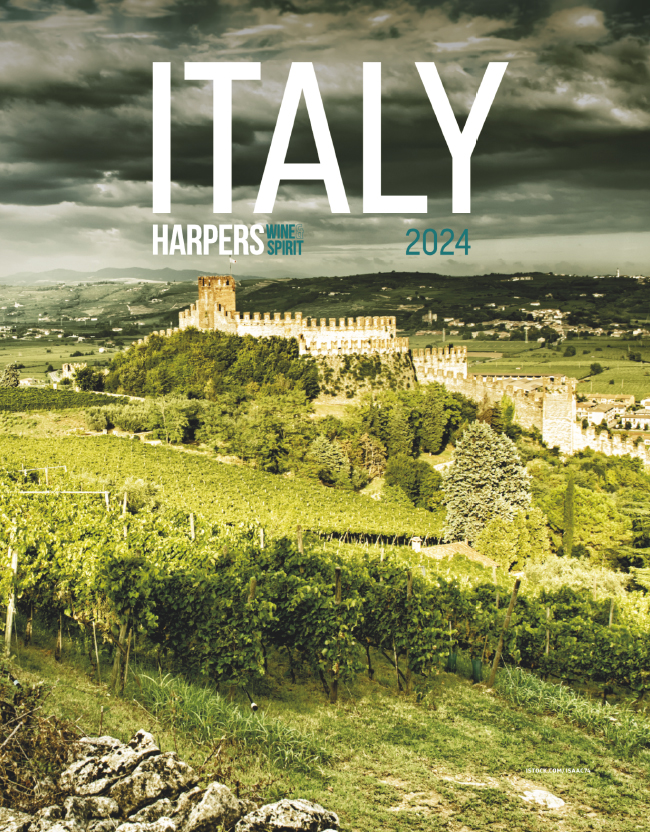Wines in the press, January 3 - 6
The Guardian
There's no better kick than ginger inspired drinks for a post-Christmas lull, says Fiona Beckett.
For those thinking of giving up booze after Christmas ginger beer makes a widely available and inexpensive substitute for wine or beer, much less cloying (and less calorific) than most fruit juices, she says. Beckett recommends either Fever-Tree (also available in a "naturally light" version at £1.69) and Bradley's Quench Ginger Beer (£2.99). However, if you're still allowing yourself the odd drink, Beckett opts for Stone's Original Ginger Wine (£5.50-£5.80). But for real ginger aficionados, the best drink she has tasted is The King's Ginger ((£18.99 drinkfinder.co.uk). It's a sweet, cockle-warming 41% liqueur that makes an excellent whisky mac, she says.
The Telegraph
Synaesthesia is the condition where two or more senses are involuntarily experienced at the same time, such as spoken words evoking particular colours, says Victoria Moore. Moore says she often feels a similar way about wine. That besides taste and smell there is something else in that glass; the loom of a distant mountain, a piercing light, or a long tunnel. She recently sampled three bottles of Beaujolais in her kitchen. She says the first two were so-so. But the third was a Regnie from Domaine George Descombes, that completely hit the spot. Moore says it tasted of iron and granite, like it had been raised on Emily Dickinson poetry, and had a cool thickness that seemed to match the London fog coiling around the streetlamps outside her window. "But it also contained, somehow, tendrils of hope, like snowdrops pushing through frozen earth," she adds. Moore worries that this wine-synaesthesia was her own personal madness, until she shared the bottle with a friend who exclaimed. "Cold earth, like drinking two seasons at once, winter and spring in the same glass." "Not just me, then", she says.
The Financial Times
Jancis Robinson MW, has been encountering worried vignerons in Burgundy and the Rhône valley, who are worried about the health of their vines. At Domaine Armand Rousseau, Eric Rousseau told her how its revered Pinot Noir are dying, with a significant proportion of its 50-year-old Cazetiers Premier Cru vines having to be replaced each year. In Châteauneuf-du-Pape, Paul-Vincent Avril's Clos des Papes vineyards have been losing about 100 vines per hectare each year to disease, of which there is no known cure. The disease, Esca has so far been much more likely to affect older vines. But it is increasingly seen on young vines too. It's impossible to predict how soon a vine will die after the first symptoms appear, but it can happen in a matter of days, she says. Robinson adds there are at least two more nasty conditions that are currently preoccupying The International Council on Grapevine Trunk Diseases (formed in 1999): eutypa dieback, also known as eutypiose, and a newer one on the scene known as botryosphaeria dieback, black dead arm or BDA. All of which have been much more evident recently, particularly last year. Robinson says one theory is that the nurseries have been cutting corners when sanitising the young cuttings they sell. "A worrying echo of what happened to the quality of wine corks a decade or so ago," she adds.






